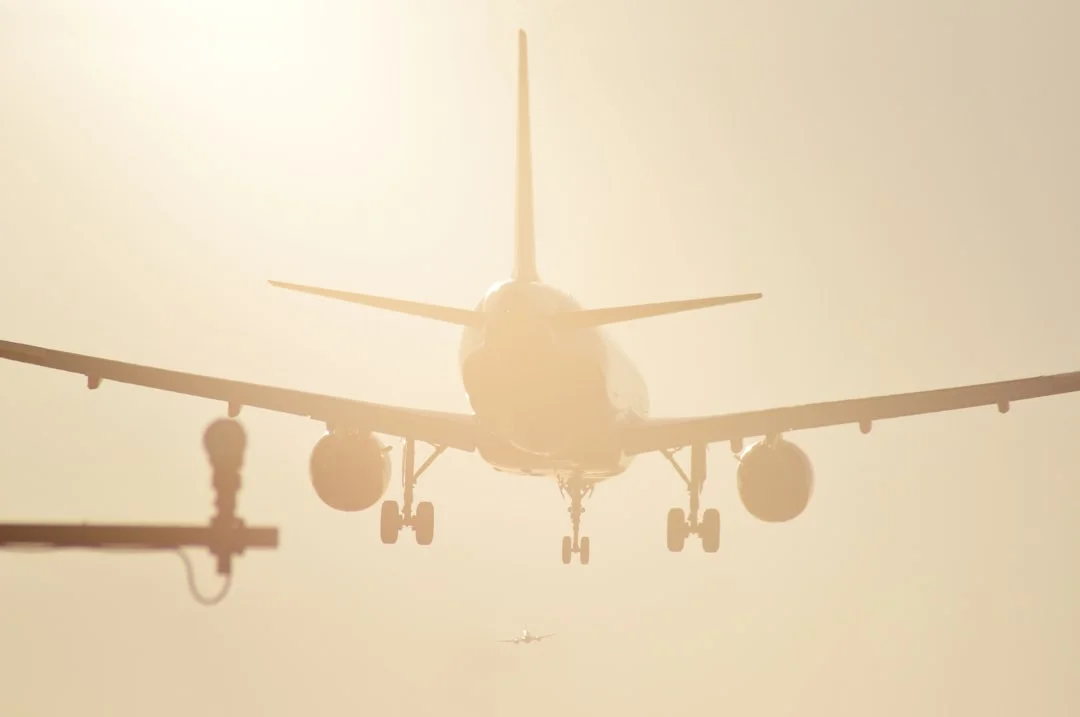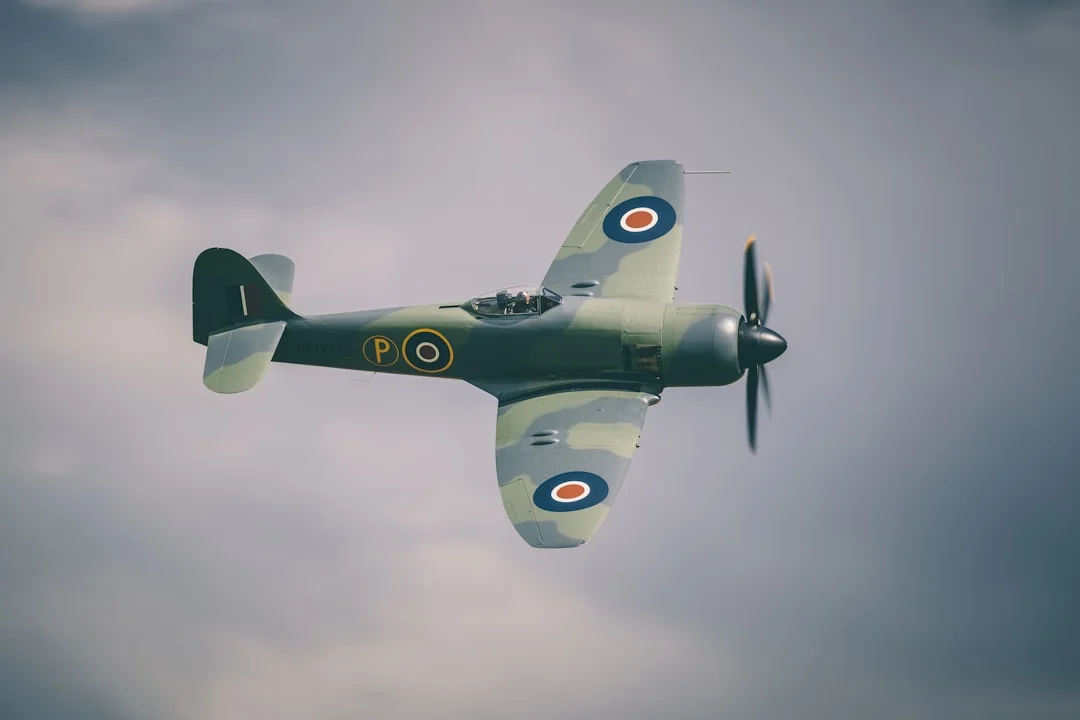The Airbus A330 is a popular wide-body aircraft known for its versatility and range. With its spacious cabin and efficient engines, the A330 is capable of flying long-haul routes while providing comfort to passengers. In addition to its passenger-carrying capabilities, the A330 also features a cargo hold for transporting various types of goods.
In this article, we will explore the hold on the Airbus A330, its purpose, design, and capabilities.
What is the Hold on the Airbus A330 Used for?
The hold, also referred to as the cargo compartment, is a dedicated area of the aircraft used for transporting cargo. It is located beneath the main passenger cabin and is designed to accommodate various types of cargo, including baggage, mail, and freight.
The hold on the Airbus A330 serves a crucial role in supporting the aircraft’s operations. It allows airlines to transport cargo alongside passengers, making their operations more efficient by utilizing the available space effectively.
The Airbus A330 is equipped with two separate cargo holds, typically designated as the forward hold and the aft hold. Each hold is equipped with its own cargo loading system, allowing for efficient handling of different types of cargo. The holds are designed to handle both bulk cargo, such as baggage and mail, as well as containerized cargo, which is typically loaded into Unit Load Devices (ULDs).
How is the Hold on the Airbus A330 Designed?
The design of the hold on the Airbus A330 takes into consideration various factors, including the aircraft’s structural integrity, weight distribution, and cargo loading efficiency.
The hold is designed to withstand the forces exerted during flight, ensuring that the cargo remains secure and protected. The walls and floor of the hold are reinforced to withstand the weight and movement of the cargo, and specialized cargo nets and tie-down systems are installed to further secure the cargo during flight.
In terms of weight distribution, the hold is positioned beneath the main passenger cabin to ensure that the weight of the cargo is properly distributed throughout the aircraft. This helps maintain the aircraft’s balance and stability.
Efficiency is also a key consideration in the design of the hold. The cargo loading system is designed to facilitate the quick and safe loading and unloading of cargo. This includes features such as roller conveyors, which allow for the easy movement of ULDs within the hold, and cargo handling equipment, such as pallet loaders and cargo doors.
What are the Capabilities of the Hold on the Airbus A330?
The hold on the Airbus A330 has the capability to accommodate a significant amount of cargo. The total volume of the two cargo holds is approximately 140 cubic meters, providing ample space for baggage, mail, and freight.
The forward hold, located in the front section of the aircraft, has a volume of around 77 cubic meters, while the aft hold, situated towards the rear, has a volume of approximately 63 cubic meters.
In addition to its volume, the hold is designed to handle heavy loads. The maximum payload capacity for the Airbus A330 is around 45,000 kilograms. This allows for the transportation of a wide range of cargo, including heavy machinery, perishable goods, and live animals.
The hold is equipped with temperature control systems to ensure the safe transportation of perishable goods. It also features fire detection and suppression systems, as well as ventilation systems, to maintain appropriate conditions for the cargo.
The capabilities of the hold on the Airbus A330 make it an excellent choice for both passenger and cargo airlines. Its versatility allows airlines to optimize their operations by transporting various types of cargo alongside passengers, increasing revenue generation and maximizing the utilization of the aircraft.
For More: What is STAT INV on Airbus A330? (Static Inverter)




